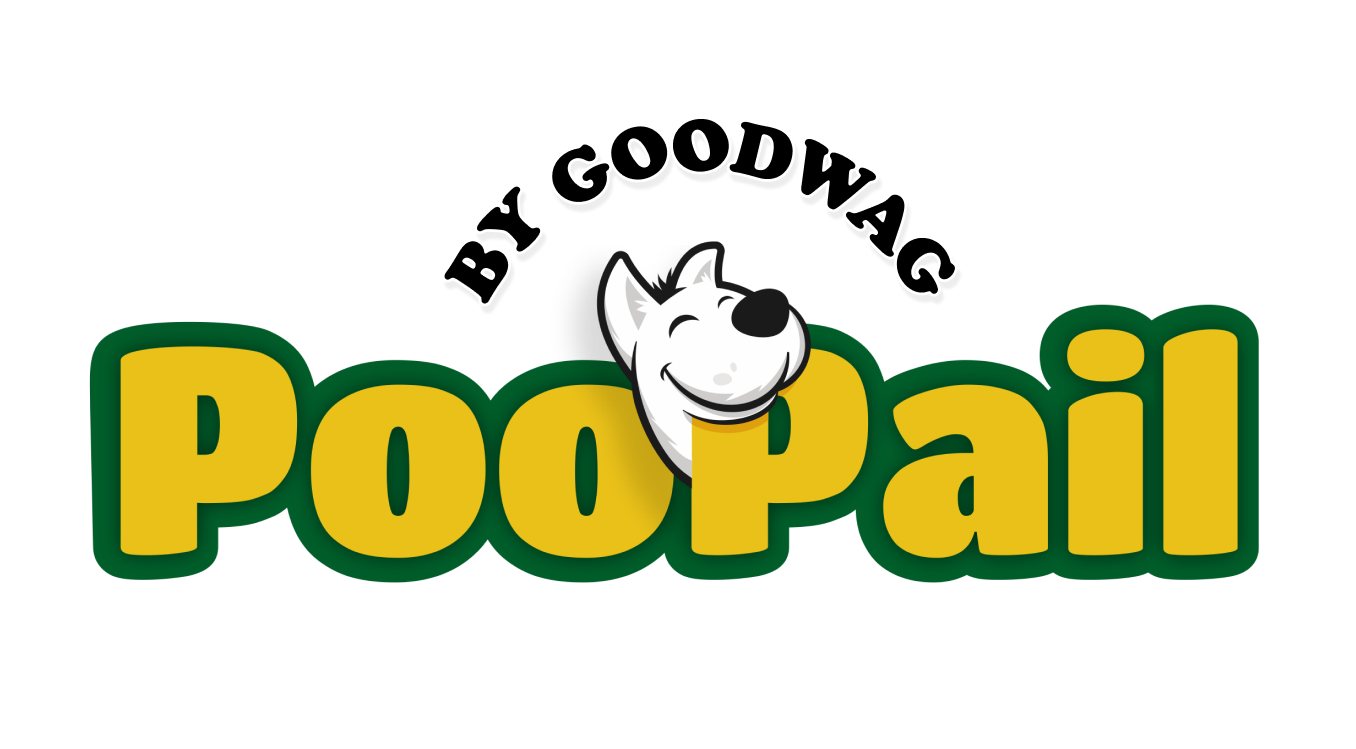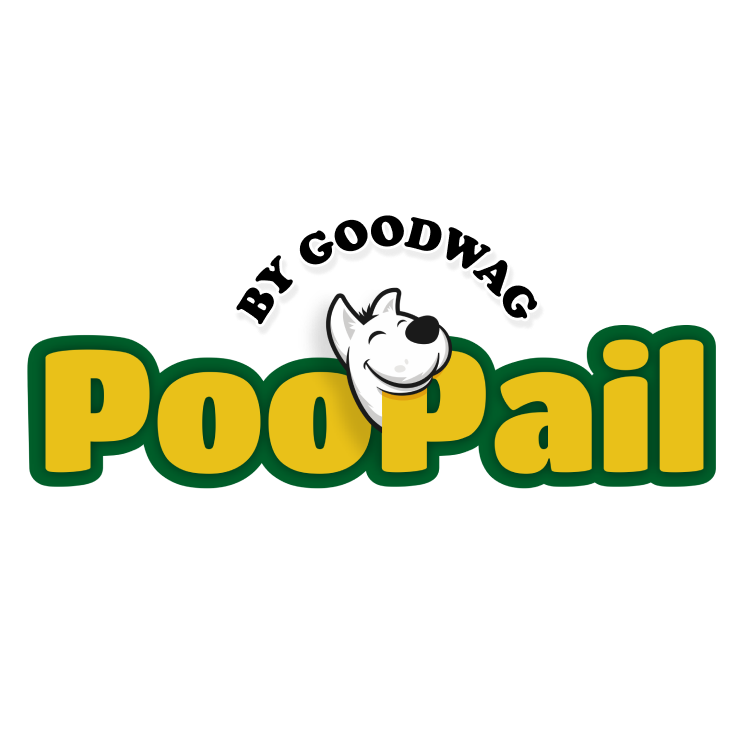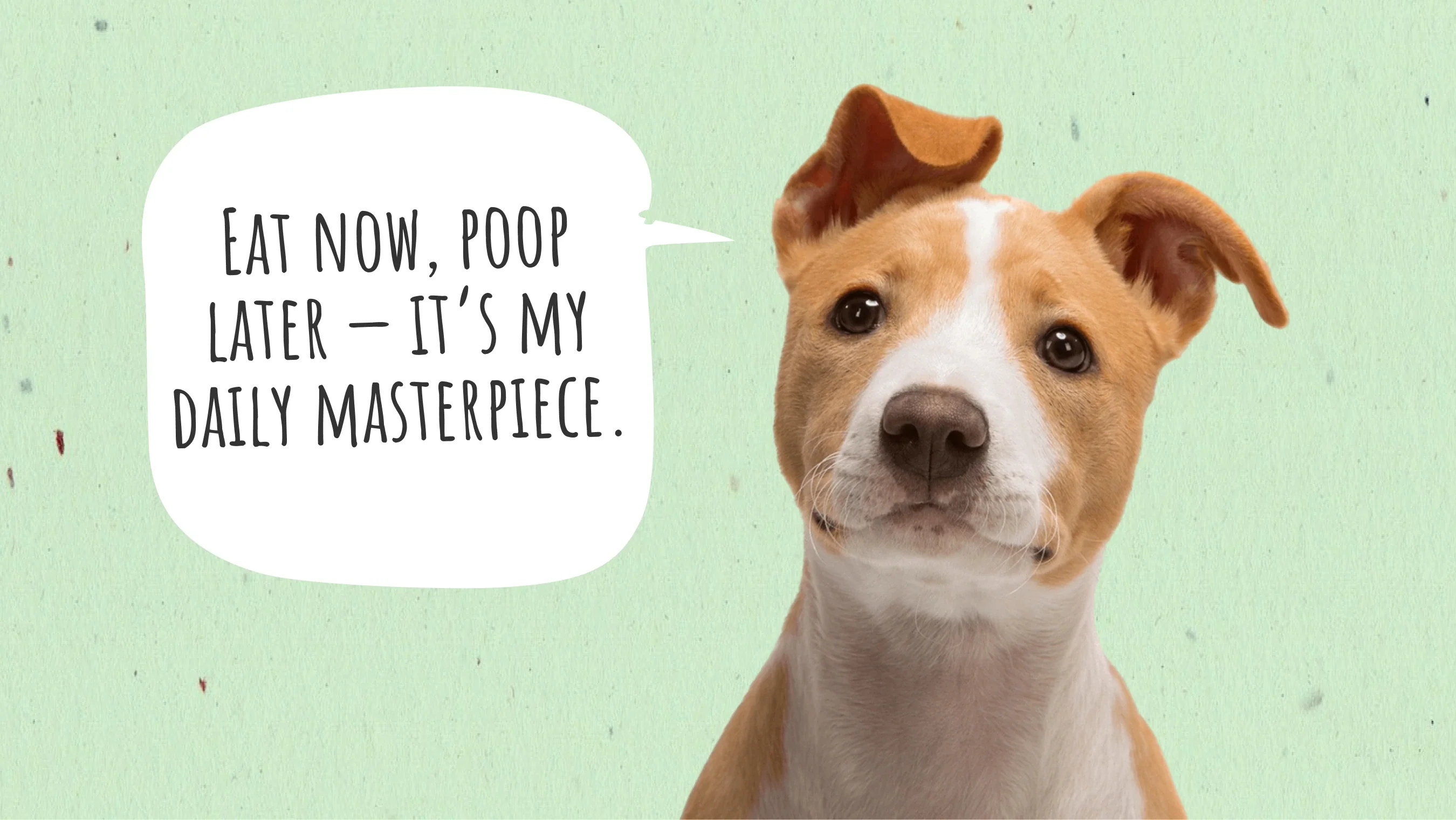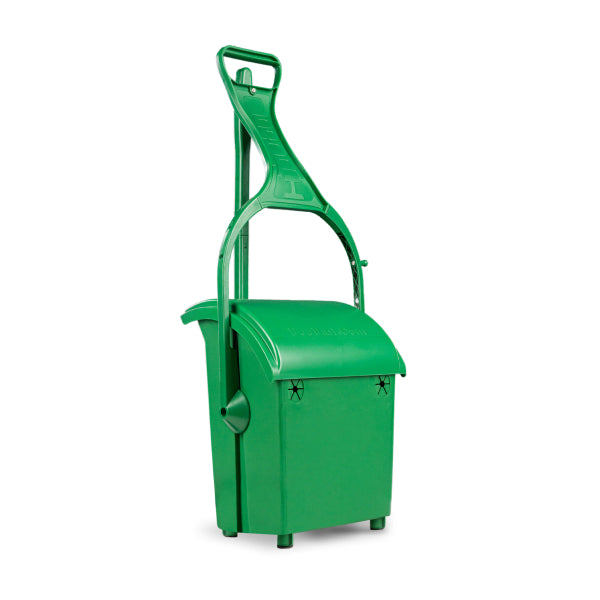So you found yourself asking, “Why is my dog pooping in the house?” Potty training issues are something almost every dog owner faces at some point. When your dog poops indoors, it can feel frustrating, but it’s not about them being “bad.” Most accidents trace back to health issues, training gaps, or changes in routine that your pup just hasn’t adjusted to yet. The good news? With a little patience and the right strategies, you can get to the root of the problem and help your dog succeed.
Likely Causes Based on Your Dog’s Life Stage
Puppies
Puppies are still figuring things out, and potty training takes time (and patience). It’s common for young dogs to poop indoors simply because they don’t yet understand where they’re supposed to go. Their small bladders and bowels also mean they can’t hold it for long stretches, so accidents happen if you don’t get them outside frequently. Excitement or distraction can throw them off, too.
Adult Dogs
When an adult dog suddenly starts pooping indoors, it’s usually a sign that something’s off. Stress or big changes, like moving homes, a new family member, or even a different schedule, can throw their potty habits out of balance. Medical issues like stomach upset, parasites, or food sensitivities are also worth considering. Sometimes, it’s as simple as not getting outside often enough. Adult dogs generally know the rules, so accidents usually mean they’re trying to tell you something.
Senior Dogs
Older dogs may struggle with pooping indoors due to age-related issues like weaker muscles, arthritis, or declining bladder and bowel control. Cognitive changes, like doggy dementia, can also leave them confused about where to go, even if they were perfectly trained for years. Health problems such as digestive troubles or medication side effects may play a role, too.
Health Reasons Your Dog Might Poop Indoors
Digestive Upsets
Stomach problems are one of the most common reasons dogs poop indoors. Parasites, food allergies, or eating something they shouldn’t can upset their digestive system. Diarrhea or loose stools can come out of nowhere, leaving your dog unable to make it outside in time. Even changing dog food too quickly can throw their system off. If Fido is otherwise healthy, these issues are often short-term, but they’re still messy and stressful.
Mobility Challenges
For some dogs, the problem isn’t knowing where to go but getting there in time. Conditions like arthritis, hip dysplasia, or injuries can make it hard for them to move to the door. By the time they get there, it might be too late. This is especially common in senior dogs who aren’t as active as they used to be. Simple changes like more frequent potty breaks, ramps, or keeping their bed closer to the door can really help. If your dog struggles with stiffness or pain, your vet may suggest medications or supportive therapies.
Age-Related Cognitive Decline
As dogs get older, they may experience a form of canine dementia known as cognitive dysfunction. This can leave them confused about routines they’ve followed for years—including house training. A senior dog might forget where the door is or not recognize signals from their body until it’s too late. Supporting them with more frequent potty trips, puppy pads, and a predictable schedule can help reduce accidents. If you notice other signs of confusion, like pacing or nighttime restlessness, talk to your vet about treatment options.
Medication Side Effects
Sometimes the culprit behind indoor accidents is medication. Drugs prescribed for pain, infections, or chronic conditions can upset your dog’s stomach or loosen their stool. Steroids, antibiotics, and certain anti-inflammatory medicines are common examples. Dogs on new prescriptions may suddenly need more frequent bathroom breaks than usual. If your dog starts having accidents soon after starting medication, it’s worth mentioning to your vet. Never stop the medicine without guidance, but do ask if there are alternatives, dosage adjustments, or ways to ease digestive side effects. In many cases, small tweaks can help your dog stay comfortable.
Stress and Anxiety
Emotional health can affect bathroom habits, too. Dogs under stress, be it from loud noises, new environments, or separation anxiety, sometimes poop indoors even if they’re fully trained. Anxiety can speed up digestion, leaving your four-legged friend unable to wait until they’re outside. Rescue dogs or dogs experiencing big household changes may be especially prone to this. Creating a calm environment, offering more exercise, and using positive reinforcement can help. In severe cases, professional training or anxiety-reducing products may be needed. Remember, these accidents aren’t disobedience. They’re a sign that your pup is struggling with stress and needs extra support.
Training and Behavior Blips That Lead to Accidents
Incomplete House Training
Sometimes the issue is simply that your dog hasn’t fully grasped the rules yet. Puppies in particular need months of consistent reinforcement before potty training really sticks. Skipping scheduled poop breaks, not rewarding outdoor success, or inconsistent routines can all set them back. Even adult dogs adopted from shelters may not have solid training in place. The fix usually comes down to patience: take your dog out more often, use positive reinforcement when they go outside.
Excitement or Nervous Pooping
Just like some dogs pee when excited, others may poop during high-energy or emotional moments. Puppies are especially prone to this because their bodies don’t fully control those impulses yet. Greeting guests, rough play, or nervous energy can trigger an accident indoors. Staying calm during greetings, keeping arrivals low-key, and giving your dog plenty of potty breaks before excitement can reduce accidents. Over time, most dogs outgrow this with maturity and consistent training, but some may need extra patience and guidance.
Marking or Territorial Behavior
While more commonly associated with urine, some dogs may use poop to mark territory, especially in multi-pet households. This isn’t the same as having an accident. It’s more of a behavioral message. Dogs may do it when a new pet arrives, a guest dog visits, or even when they feel insecure. To manage this, make sure each pet has their own space, keep feeding and potty schedules predictable, and supervise closely until tensions settle. Neutering or spaying can reduce marking in many cases.
Your Step-by-Step Fix Plan
Step 1: Rule Out Health Issues
Before assuming it’s a training problem, check your dog’s health. Digestive troubles, parasites, arthritis, or even stress can all cause accidents indoors. A quick vet visit helps rule out medical reasons and gives you peace of mind. If your pup gets a clean bill of health, you’ll know it’s safe to move forward with training strategies. It’s important not to skip this step, because if the issue is health-related, no amount of house training will fix it.
Step 2: Reinforce the Routine
Dogs love consistency, and a solid potty routine is key. Take your dog out first thing in the morning, after meals, after playtime, and right before bed. Stick to the same door and the same area outside so they associate the spot with bathroom time. Reward them immediately after they go with praise or a treat. If accidents happen indoors, clean thoroughly with an enzyme-based cleaner to remove odors that can invite repeat behavior.
Step 3: Manage the Environment
The next step is to limit opportunities for accidents. Use baby gates or close doors to keep them out of rooms where accidents tend to happen. For puppies or dogs with frequent accidents, crates can be a good idea since dogs usually avoid going where they sleep. Puppy pads can also be a temporary backup for senior dogs or those with mobility issues.
Step 4: Stay Patient and Positive
Accidents are frustrating, but yelling only makes things worse. Dogs may become anxious, which can lead to more accidents. Instead, focus on catching them in the act outdoors and rewarding them immediately. Remember that every dog learns at their own pace. Some pick up routines quickly, others need more time. Celebrate progress even if it’s small. Over time, patience and positive reinforcement pay off, and your dog will regain their good habits.
Quick Solutions for Common Scenarios
- Puppy pooping indoors often: Take them out every hour or two, especially after eating, playing, or waking up. Reward immediately after they go outside.
- Adult dog suddenly having accidents: Rule out health issues first, then reset their potty routine with more frequent outdoor breaks.
- Senior dog with weak bowels: Use more potty breaks, puppy pads, or outdoor ramps. Talk to your vet about medications or supplements that can help.
- Dog poops indoors at night: Limit food to three or four hours before bedtime and add an extra potty break right before sleep.
- Dog poops indoors when left alone: Try shorter absences, leave comforting toys, or consider crate training to prevent anxiety-driven accidents.
- Dog poops in the same indoor spot: Use enzyme-based cleaners to remove odor completely, then block off that area or place food/water bowls there.
- Dog ignores going outside: Walk them to the same spot each time, stay until they go, and immediately reward with praise or treats.
How to Prevent Future Messes
The best way to prevent indoor accidents is consistency. Stick to a predictable feeding and potty schedule so your dog’s body gets into a natural rhythm. Always reward your canine companion when it goes outside—positive reinforcement is everything. Make sure your pup has a solid exercise routine, too, since an active dog has healthier digestion. If you’re gone for long hours, consider a pet sitter to take your dog outside during the day.
Keep indoor areas accident-free by cleaning thoroughly with enzyme-based cleaners, which remove odors that might tempt repeat mistakes. A simple cleanup system like PooPail can make this process easier. It helps you scoop and store droppings so smells don’t linger before you disinfect the spot.
Crate training or designating a safe, small space can also help dogs hold it longer. Finally, pay attention to your dog’s signals—sniffing, circling, or whining at the door are all cues that it’s time for a break. All it takes is a bit of consistency, patience, and attention.
To Wrap Up
At the end of the day, indoor accidents aren’t the end of the world. By staying patient, avoiding punishment, and focusing on positive reinforcement, you’ll help your pup build better habits while keeping your home cleaner. Remember, every dog learns at their own pace, and setbacks are part of the process. With consistency, love, and a solid plan, your furry friend will get back on track in no time, and you won’t have to ask, “Why is my dog pooping in the house?”
Frequently Asked Questions
Should I punish accidents?
Never—punishing your dog for accidents almost always backfires. Dogs don’t connect punishment with the act of going indoors. Instead, they may just learn to fear you or sneak off to hide when they need to go. The better approach is to calmly clean up the mess and focus on reinforcing the right behavior. Every time your pup goes outside, reward with praise, treats, or play. This way, your dog learns what earns positive attention and is more likely to repeat it. Patience and consistency always beat punishment in potty training.
How long can dogs “hold it”?
It depends on age and health. Puppies can usually “hold it” for about one hour per month of age (so a 3-month-old puppy can last about three hours). Adult dogs can generally go six to eight hours, though some can stretch a little longer if needed. Seniors often need more frequent breaks again, as aging affects bladder and bowel control. Keep in mind that every dog is different, and diet, exercise, and health conditions play a role. When in doubt, more potty breaks are always kinder than fewer.
Why does my dog poop right after coming inside?
Often, dogs get distracted outside by smells, noises, or people and forget why they were out there. Then, once they’re relaxed back inside, the urge hits again. The trick is to give them more time outdoors and limit distractions if possible. Try standing in a quiet corner of the yard and staying put until they finish. Reward immediately when they go so they connect the dots.













Leave a comment
This site is protected by hCaptcha and the hCaptcha Privacy Policy and Terms of Service apply.